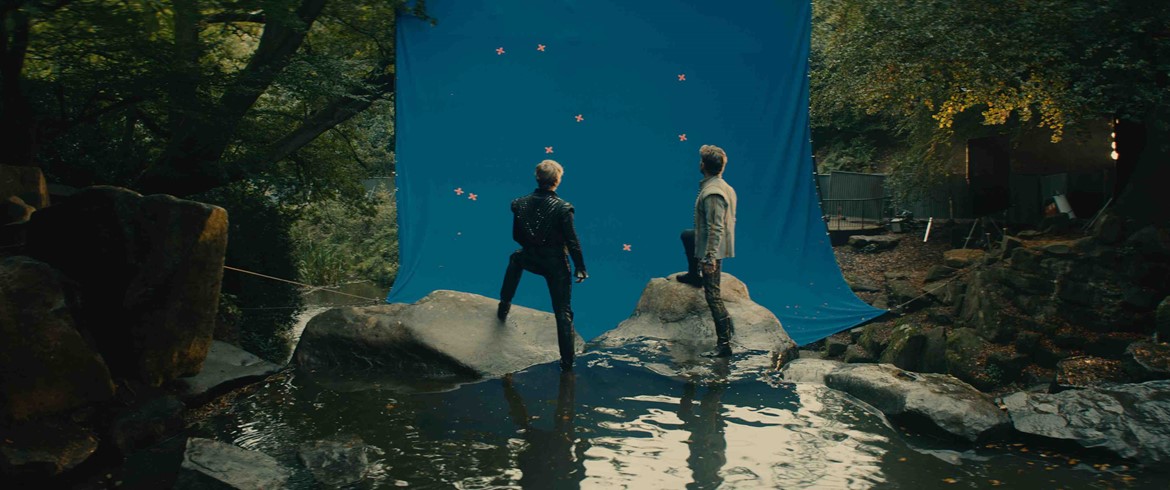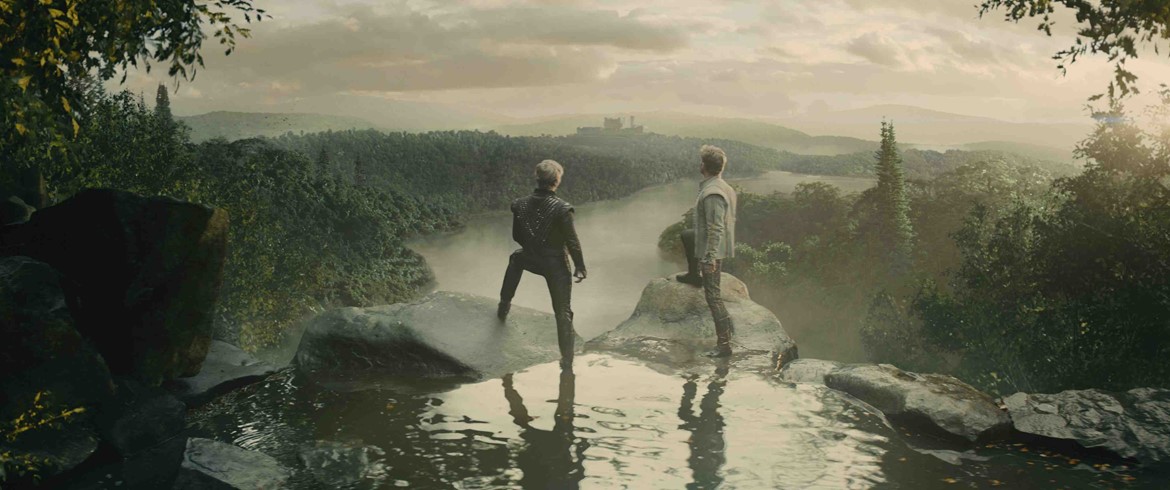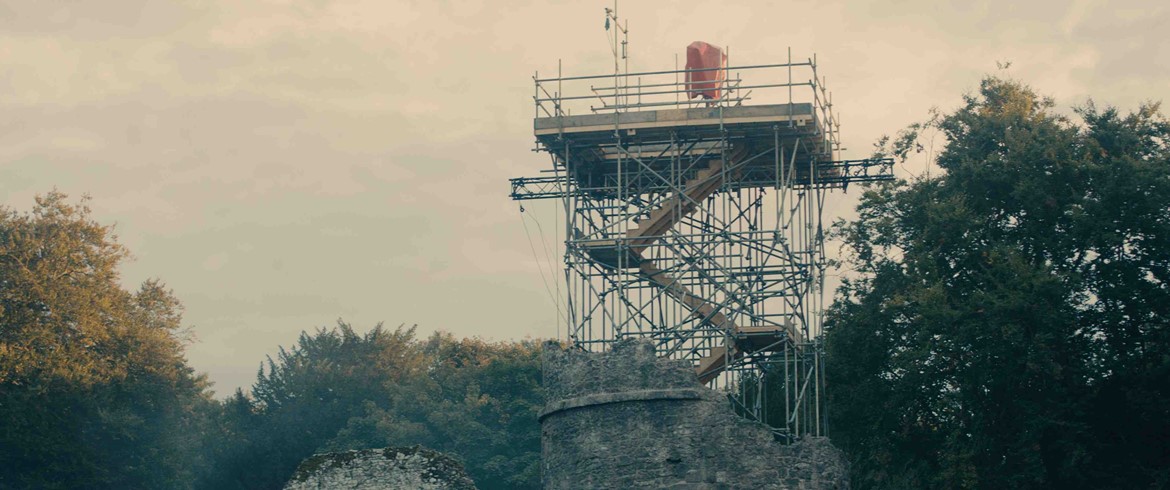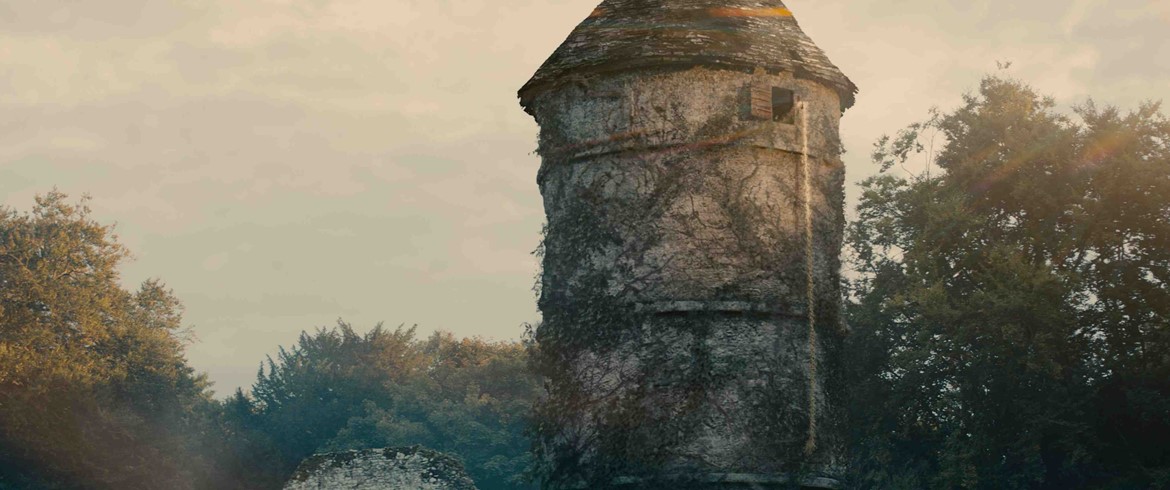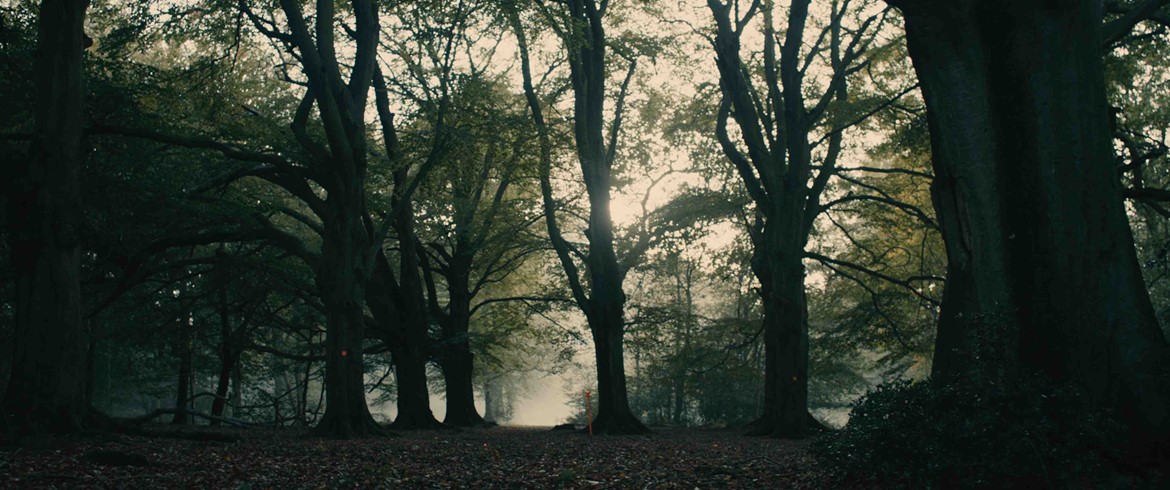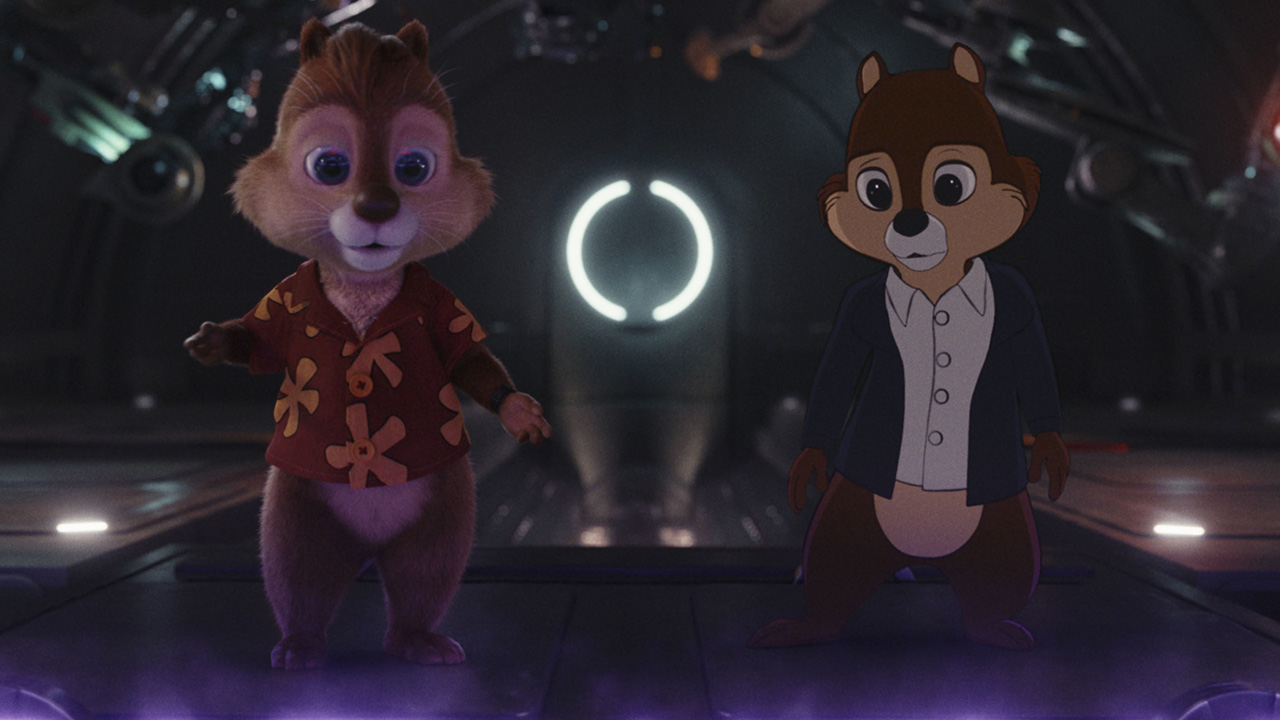Lead by MPC VFX Supervisor Christian Irles and VFX Producer Pierre Escande MPC’s team worked closely with Production VFX Supervisor Matt Johnson to complete more than 300 shots for Disney’s Into The Woods.
As lead VFX studio, MPC were responsible for a wide variety of 3D and 2D effects including creating Jack’s beanstalk, creatures including Cinderella’s birds, mice, snakes and a cow, magic effects, fantasy environments and transformation shots.
MPC’s team started by creating previs to help plan the shoot. The first sequence to previs was Cinderella’s dress transformation. In this complex scene the trunk of a golden willow tree magically transforms into Cinderella’s mother as a strong wind lifts leaves from the ground and swirls around Cinderella, magically turning her tatters into a beautiful golden dress. The final fight between our hero Jack and the Giantess was also prevised by MPC’s London artists.
With principal photography taking place during fall of 2013, the team at MPC Montreal began developing the movies key creatures, environments and some complex FX moments. One of the most dramatic was the Witch Disappearance, where she is swallowed up into the earth in a whirlwind of leaves and dust. This sequence relied heavily on FX work, including ground destruction using MPC’s proprietary destruction tool, Kali, Flowline smoke, magic elements and Maya particles leaves. The very last shot of the sequence also had to be re-projected on simple geometry in order to frame the action better and make the shot more dramatic.
For the sequence where Cinderella stands on the flambeau lit palace steps, the on set team shot extreme slow motion fire using a Phantom camera. MPC’s FX team used the slow motion fire as a reference in order to get the right speed for the simulation of the flambeau flames. In addition to the CG fire, slow moving embers and smoke were added to the shots using Maya Fluids and 2D elements.
Awards

The Establishing and aerial shots of the forest in Into The Woods were real forests shot on location, while the sequences which take part inside the woods were all built at Shepperton Studios and then digitally enhanced by MPC’s environment team. A wide vista was created as a digital matte painting in order to portray the vast lands both Princes lives in. Rapunzel’s tower was an important element in the environment work. While some shots of the Tower were filmed at Waverly Abbey in many shots the tower is a full CG model created by MPC.
Rapunzel is unable to leave the magical bayou the Witch has confined her to and snakes patrol the area. MPC created CG snakes for the sequence, the challenge the team faced was to ensure they read properly in such a dark environment. Back lighting on the snakes and the CG ripples they generated turned out to be key components to overcome this. In the shot where Milky White the cow dies, MPC had to create a photo real digital double. It was crucial that the CG cow perfectly matched the real one as the shots were cut back to back. Groom and lighting were incredibly important to achieve the likeness. Once the CG cow was modeled and rigged, it was down to the animation team to bring the model to life. In the sequence the cow collapses, and the animators were faced with two challenges. Firstly to make sure the collapsing didn’t look either too funny or too distressing, and secondly to make it look as natural and unexpected as possible
The CG beanstalk was built based on the design of the live action prop used on set. As post-production progressed, the production team decided to completely replace the live action Beanstalk with the CG version, giving the filmmakers more flexibility and allowing them to improve its look. As the cut of the film progressed, MPC were also awarded a shot of the Giant chasing Jack down the beanstalk. The challenge with the full CG beanstalk shots was to make sure the scale felt right; the use of heavier cloth simulation on the Giant was a key aspect in achieving this. MPC also enhanced the plates by adding 2D smoke elements, CG leaves and birds.
The complexity of the last shot of the film, which was more than 1000 frames long, relied on the reconstruction of the original plate. The original plate was shot in the UK on an overcast day and MPC’s digital matte painting team were tasked with transforming the overcast skyline into a beautiful sunset as well as destroying the village at the base of the mountains, adding the Giant’s path of destruction, and multiple layers of residual smoke, all achieved in 2.5D.
